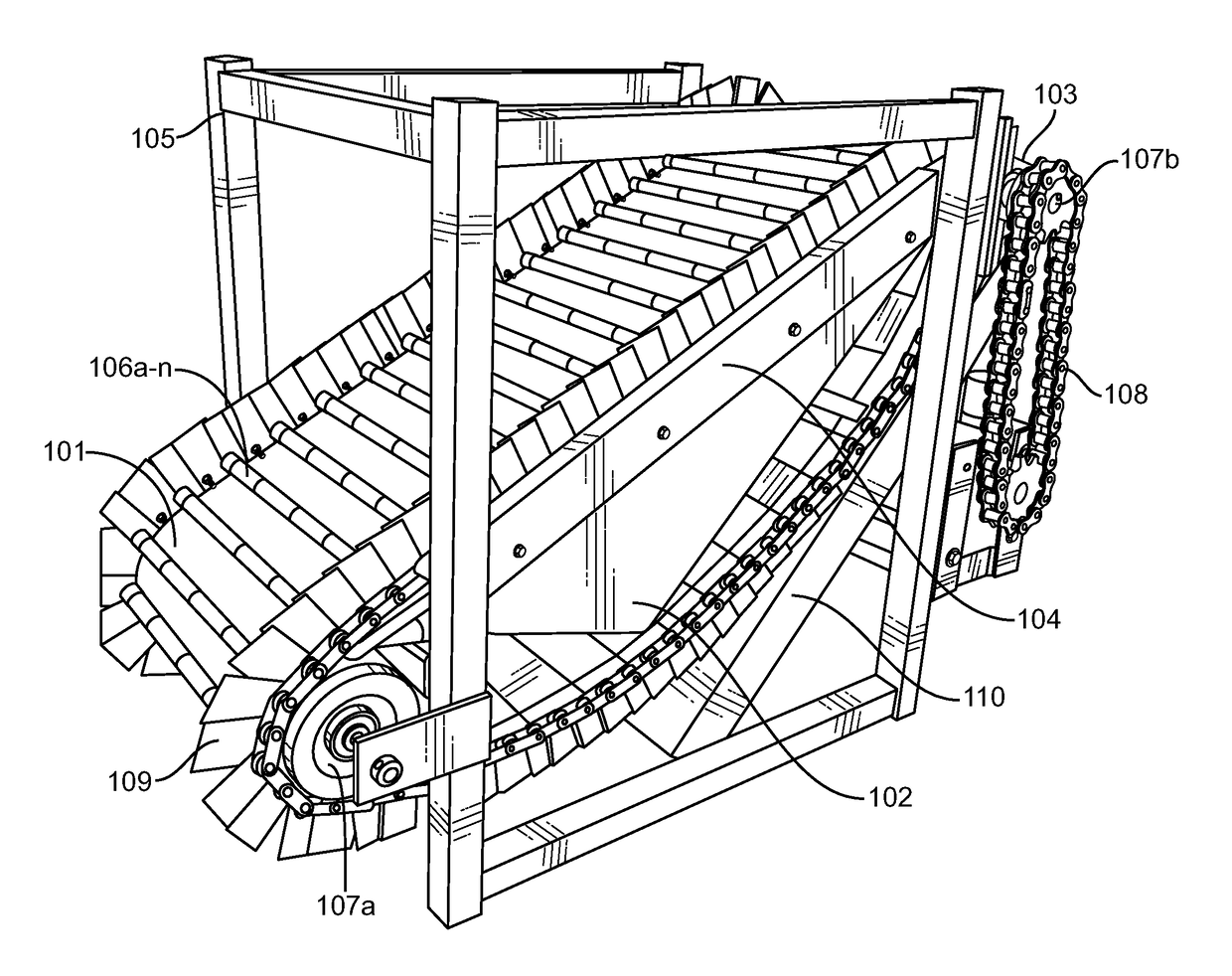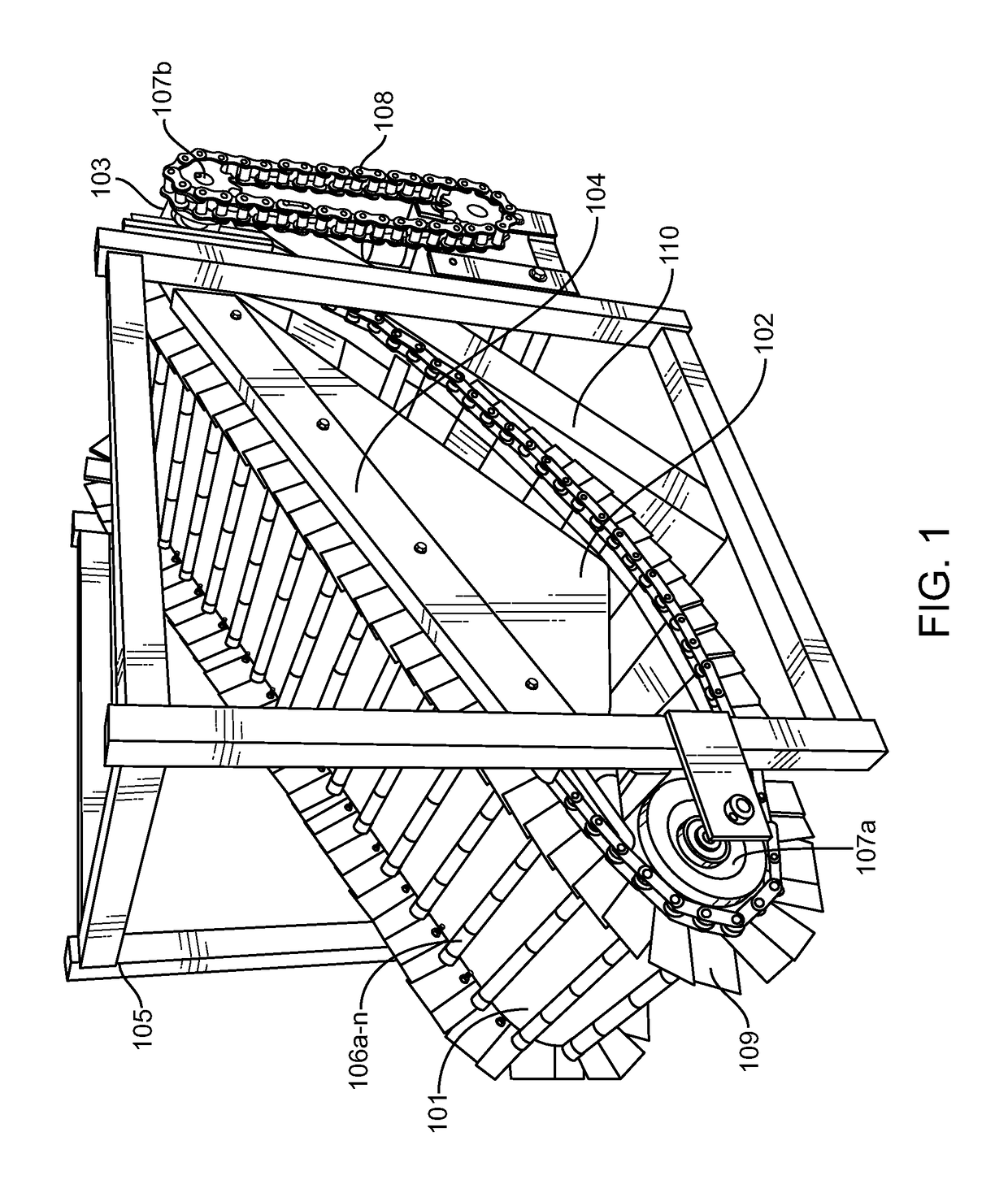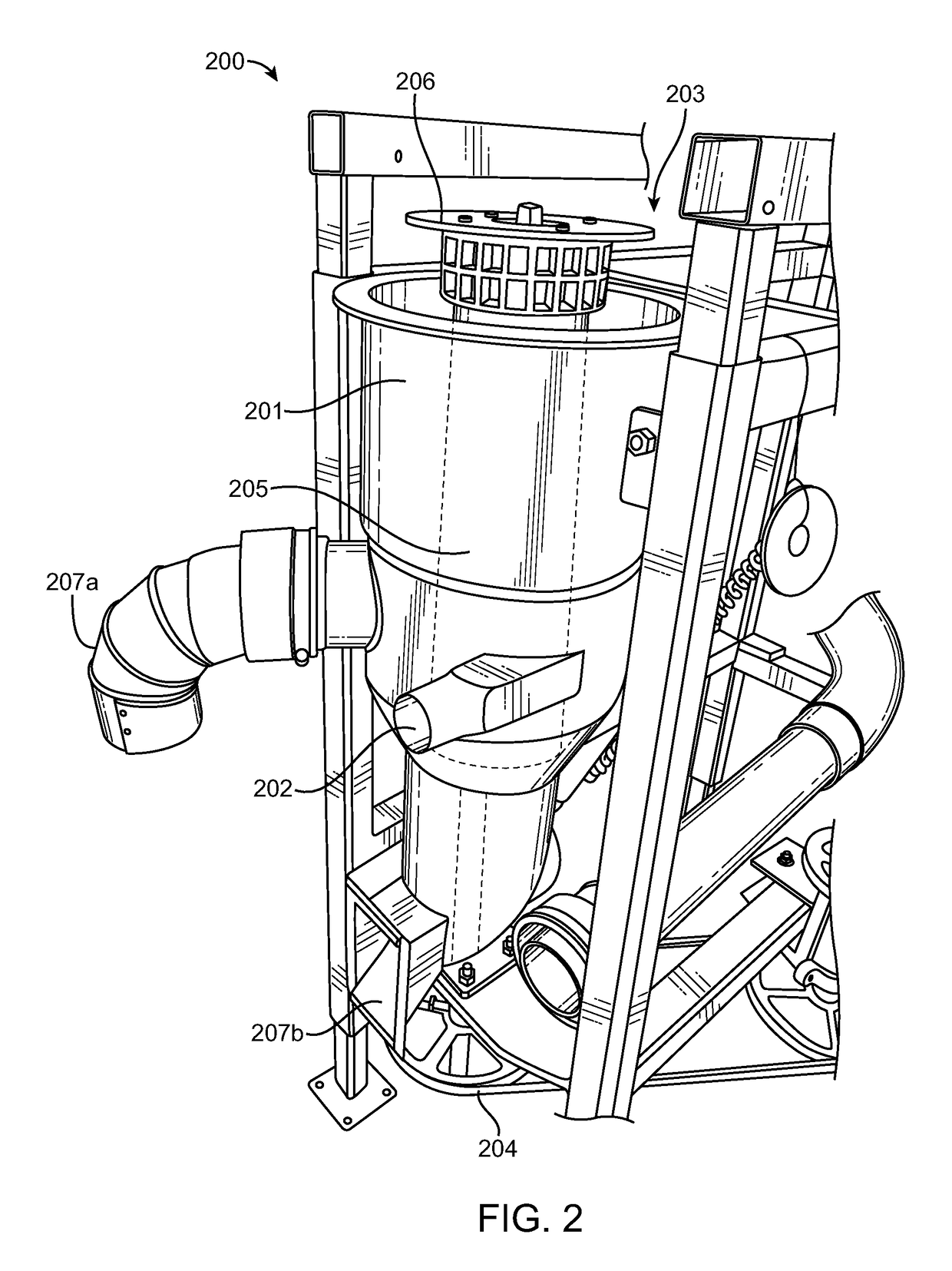Systems and methods for the environmental remediation of materials contaminated with heavy minerals
a technology of environmental remediation and heavy minerals, applied in the direction of pneumatic tables, chemistry apparatus and processes, solid separation, etc., can solve the problems of toxic heavy minerals once introduced into the environment that cannot be biodegraded, heavy minerals can pose environmental threats, pollution of air, water and soils,
- Summary
- Abstract
- Description
- Claims
- Application Information
AI Technical Summary
Benefits of technology
Problems solved by technology
Method used
Image
Examples
Embodiment Construction
[0042]The invention provides systems and methods for the environmental remediation of materials that are contaminated with at least one heavy mineral. More particularly, the invention provides systems and methods for removing heavy minerals from materials from that are contaminated with or suspected of containing at least one heavy mineral wherein the removal is accomplished without the use of water and with the reduced generation of dust.
[0043]In some embodiments, the invention finds use in the remediation of environmental hazards that are the result of mining activity. For example, the systems and methods described herein may be used to remove at least a portion of at least one heavy mineral from materials such as mine waste, coal, crushed rock, mine tailings, ores (e.g. head ore) and smelter waste.
[0044]In some aspects, the invention provides an environmentally safe way to remove heavy minerals from contaminated materials without the use of water or the creation of substantial ai...
PUM
 Login to View More
Login to View More Abstract
Description
Claims
Application Information
 Login to View More
Login to View More - R&D
- Intellectual Property
- Life Sciences
- Materials
- Tech Scout
- Unparalleled Data Quality
- Higher Quality Content
- 60% Fewer Hallucinations
Browse by: Latest US Patents, China's latest patents, Technical Efficacy Thesaurus, Application Domain, Technology Topic, Popular Technical Reports.
© 2025 PatSnap. All rights reserved.Legal|Privacy policy|Modern Slavery Act Transparency Statement|Sitemap|About US| Contact US: help@patsnap.com



